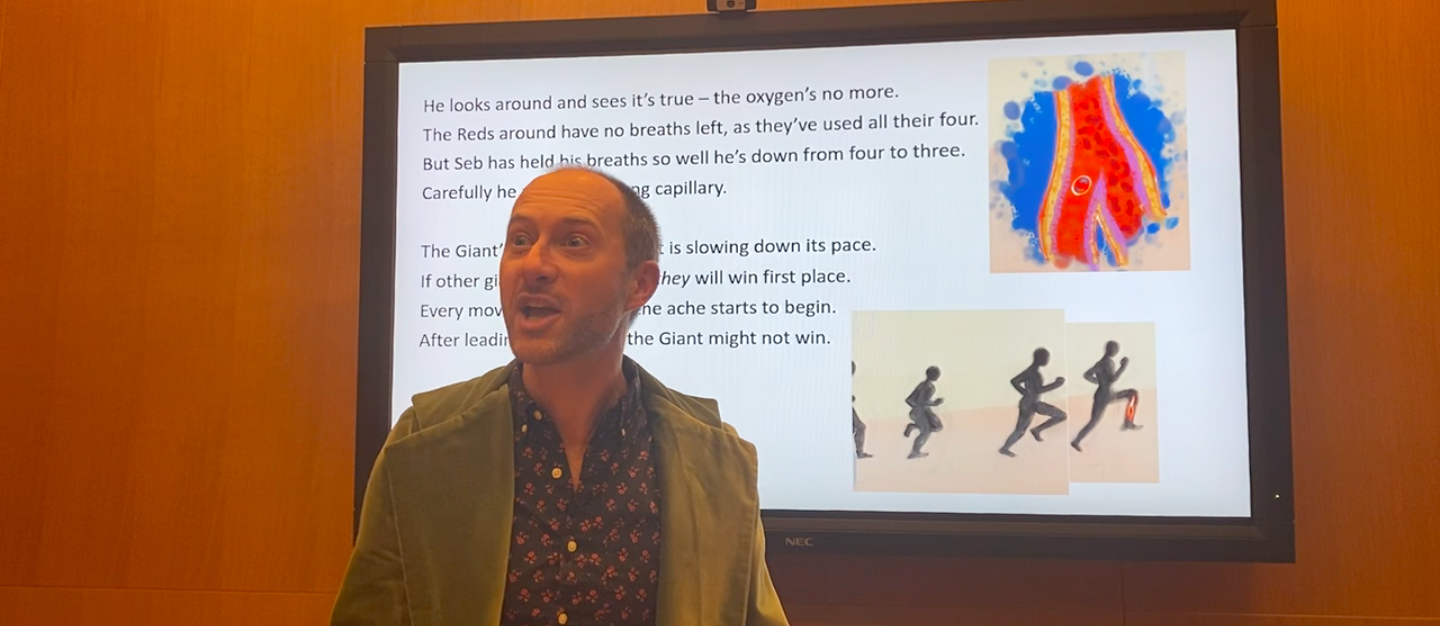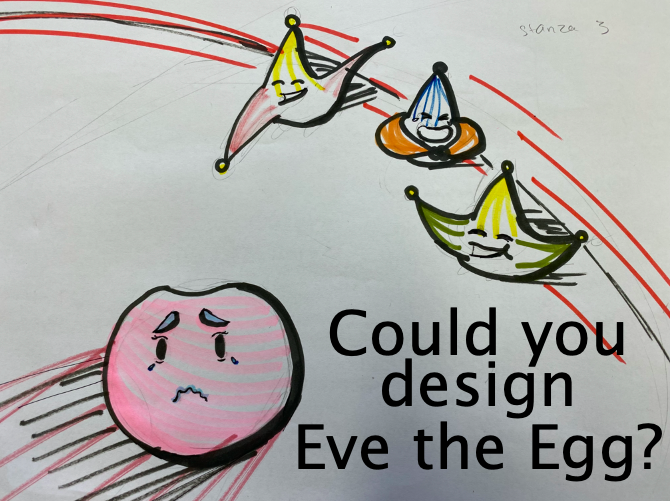
Schools using the UK National Curriculum
Different stories relate to different parts of the National Curriculum for Science and to the Key Stage 2 PSHE Association’s Programme of Study
Circulatory System
Seb the Red
An overlooked, short-lived red blood cell becomes a celebrated legend.
Identify and name the main parts of the human circulatory system, and describe the functions of the heart, blood vessels and blood. (Year 6)
Understand the relationship between the structure and functions of the human circulatory system. (KS4)
Students learn about change and loss, including death, and how these can affect feelings; ways of expressing and managing grief and bereavement. (H23)
Musculoskeletal System
George the Muscle
A muscle cell learns its need for other muscle and red blood cells.
Identify that humans and some other animals have skeletons and muscles for support, protection and movement. (Year 3)
Friendships have ups and downs; strategies to resolve disputes and reconcile differences positively and safely. (R17)
Reproductive Systems
These stories take place within a Giant Mother or Father. They cover changes in puberty, the menstrual cycle and fertilisation.
Eve the Egg
The journey of an egg from struggling to fit in within Left Ovary to self-acceptance in the Fallopian tube.
Describe the changes as humans develop to old age. (Year 5)
Understand the structure and function of the female reproductive system and menstrual cycle. (KS3)
Understand hormones in human reproduction. (KS4)
Pupils should know the importance of self-respect and how this links to their own happiness. (R31)
Identify the external genitalia and internal reproductive organs in females and how the process of puberty relates to human reproduction. (H30)
Learn about the physical changes that happen when approaching and during puberty, including menstruation and key facts about the menstrual cycle. (H31)
Lyn the Sperm
The journey of an average sperm who values love over fame and fortune and so fertilises Eve the Egg to create baby Evelyn.
Describe the life process of reproduction in some plants and animals. (Year 5)
Learn about reproduction in humans, including gametes and fertilisation. (KS3)
Identify the external genitalia and internal reproductive organs in males and how the process of puberty relates to human reproduction. (H30)
Learn about how babies are conceived and born. (H33)
Learn that consent is freely given and that intimate relationships should be pleasurable. (R24, R31, KS3)




